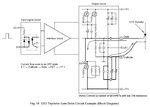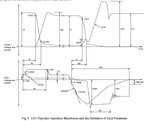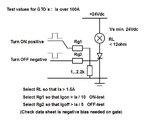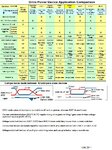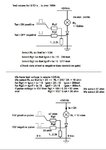dineshdeshmuk
Full Member level 5

How to test this GTO " FG1000BV-90DA " ?
**broken link removed**
Why not the manufacturer's do usually use GTOs in place of IGBT Modules ?
thanks a lot
**broken link removed**
Why not the manufacturer's do usually use GTOs in place of IGBT Modules ?
thanks a lot

